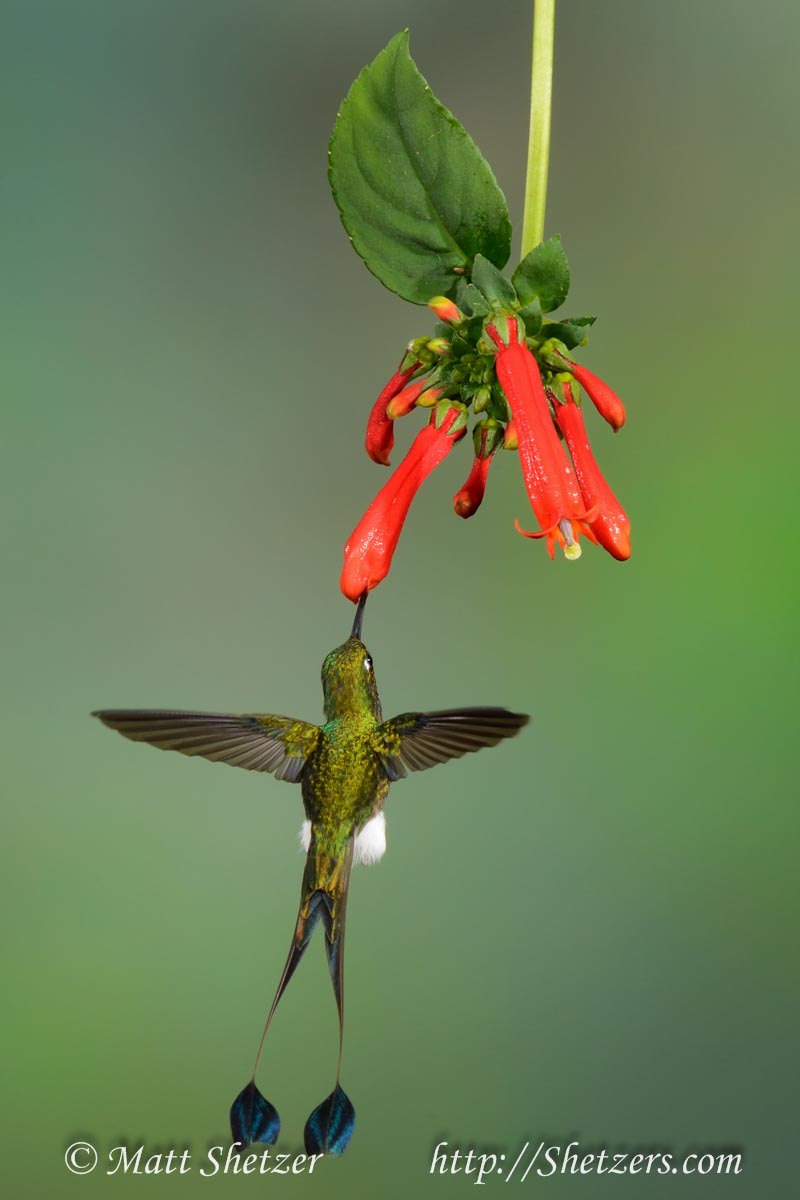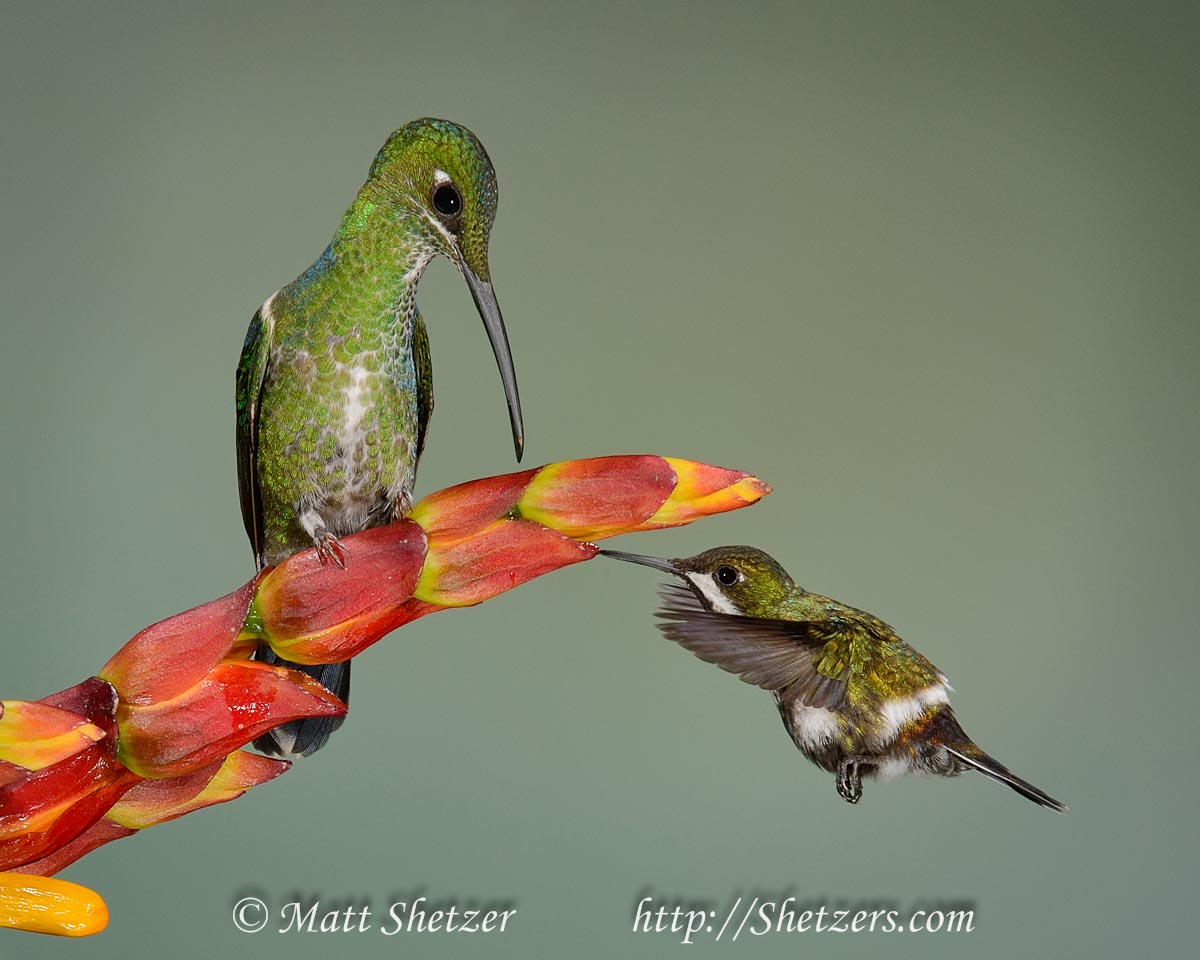When people first learn about our hummingbird photography workshop, they’re often curious why we chose Ecuador as the spot to photograph hummingbirds.
Simply put, there’s just no other place like it!
Ecuador holds the world record for the number of hummingbird species found in one country. One hundred thirty-two hummingbird species live here, representing almost half of all hummingbirds found worldwide.
 It’s no wonder that Ecuador has become known as the “land of hummingbirds.” The brightly colored, highly distinctive birds flourish here, from the lowlands near sea level to the high-altitude regions of the Andes.
It’s no wonder that Ecuador has become known as the “land of hummingbirds.” The brightly colored, highly distinctive birds flourish here, from the lowlands near sea level to the high-altitude regions of the Andes.
But it’s not just hummingbirds that make Ecuador unique. Ecuador is one of the most biodiverse countries on the planet. This is due not only to its tropical climate, but also because of the many different habitats that can be found within the country – which is about the size of Colorado. Ecuador has been called the nature lover’s dream come true.
While the hummingbirds of Ecuador undoubtedly steal the spotlight with their dazzling colors and remarkable agility, their ability to thrive in this country’s diverse ecosystems speaks volumes about the country’s broader environmental wonders. From the lush lowlands to the rugged Andes, these tiny birds’ adaptability mirrors the ecological richness that makes Ecuador a haven for wildlife.
They have a unique survival strategy that showcases their adaptability. These tiny birds survive cold mountain temperatures by entering a state of torpor at night, diminishing their heart rate and dropping their body temperature by 25 degrees Celsius to conserve energy during frigid and often freezing nights.
Here are a few more interesting tidbits about this wonderfully unique species of birds.
- Hummingbirds are the only birds that can fly forward and backward.
- They can also hover in mid-air, fly sideways, and even upside-down.
- They visit an average of 1,000 flowers each day for nectar.
- They are the tiniest birds in the world.
- They can see farther and hear better than humans.
- Hummingbirds use their feet for perching, not hopping or walking.
- They don’t drink through their beaks like a straw. They lap up nectar with their tongues.
- A hummingbird’s brain comprises 4.2 percent of its total body weight. Percentage-wise, this gives hummingbirds the largest brains of all birds.
- Hummingbirds’ wings beat about 60-80 times per second and can increase to 200 times per second during courtship dives.
Has the enchanting world of Ecuador’s hummingbirds captured your imagination? Whether you’re a beginner or an experienced photographer, our hummingbird workshop in Ecuador offers a unique opportunity to enhance your skills. It’s a journey that’ll bring the world of hummingbirds into focus like never before!

